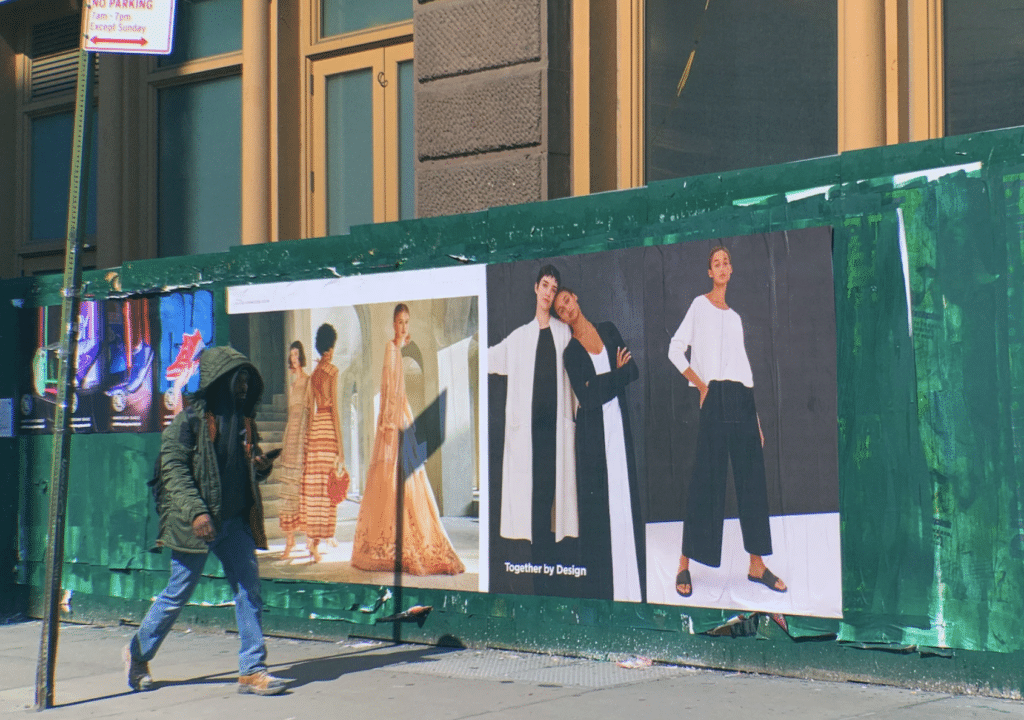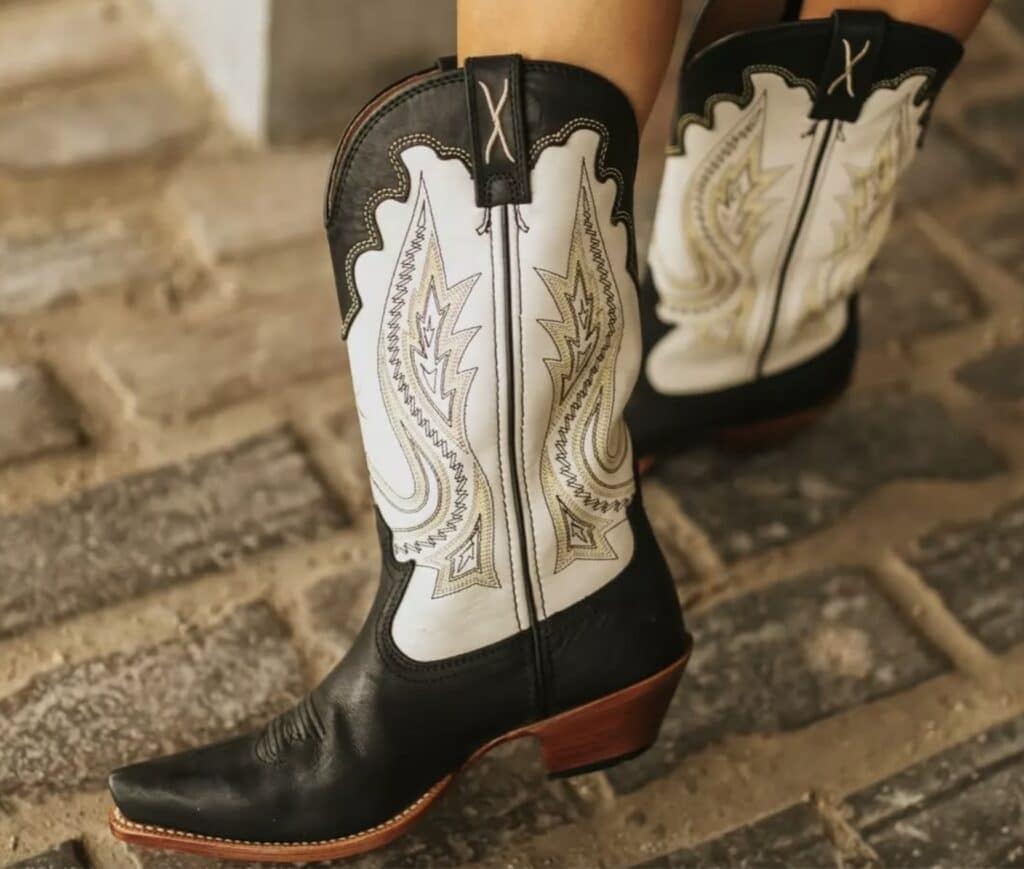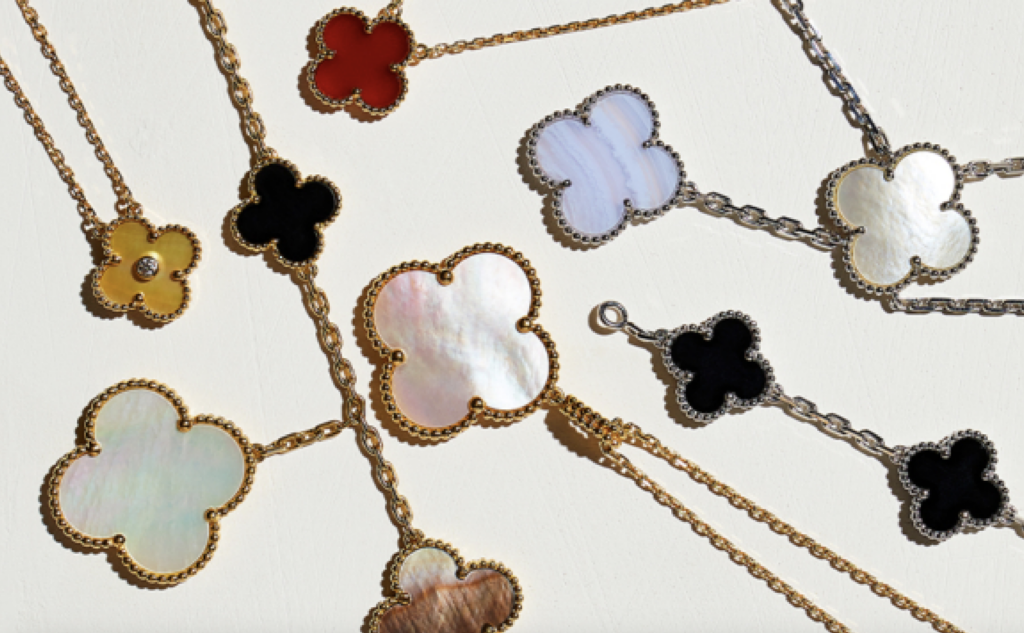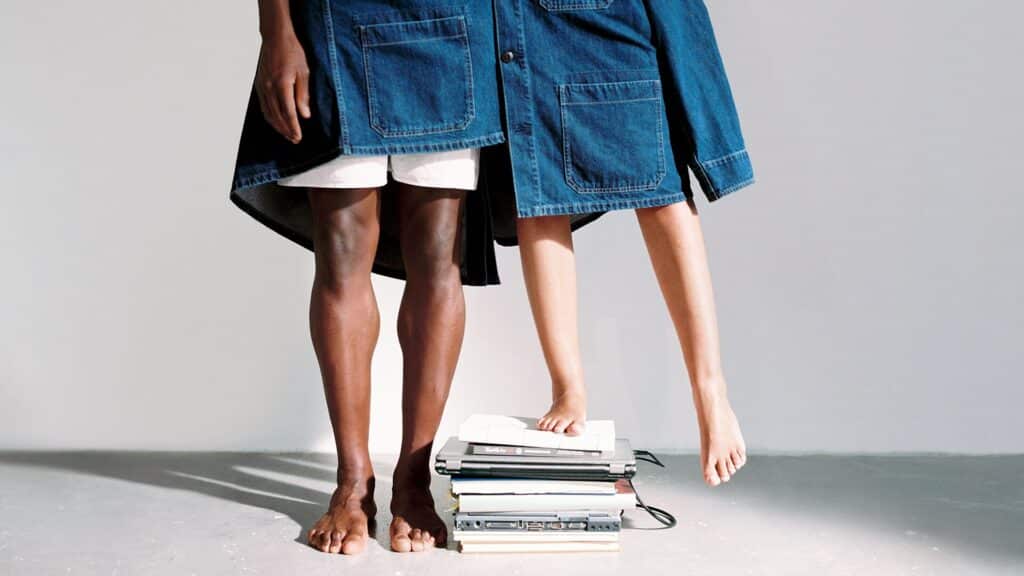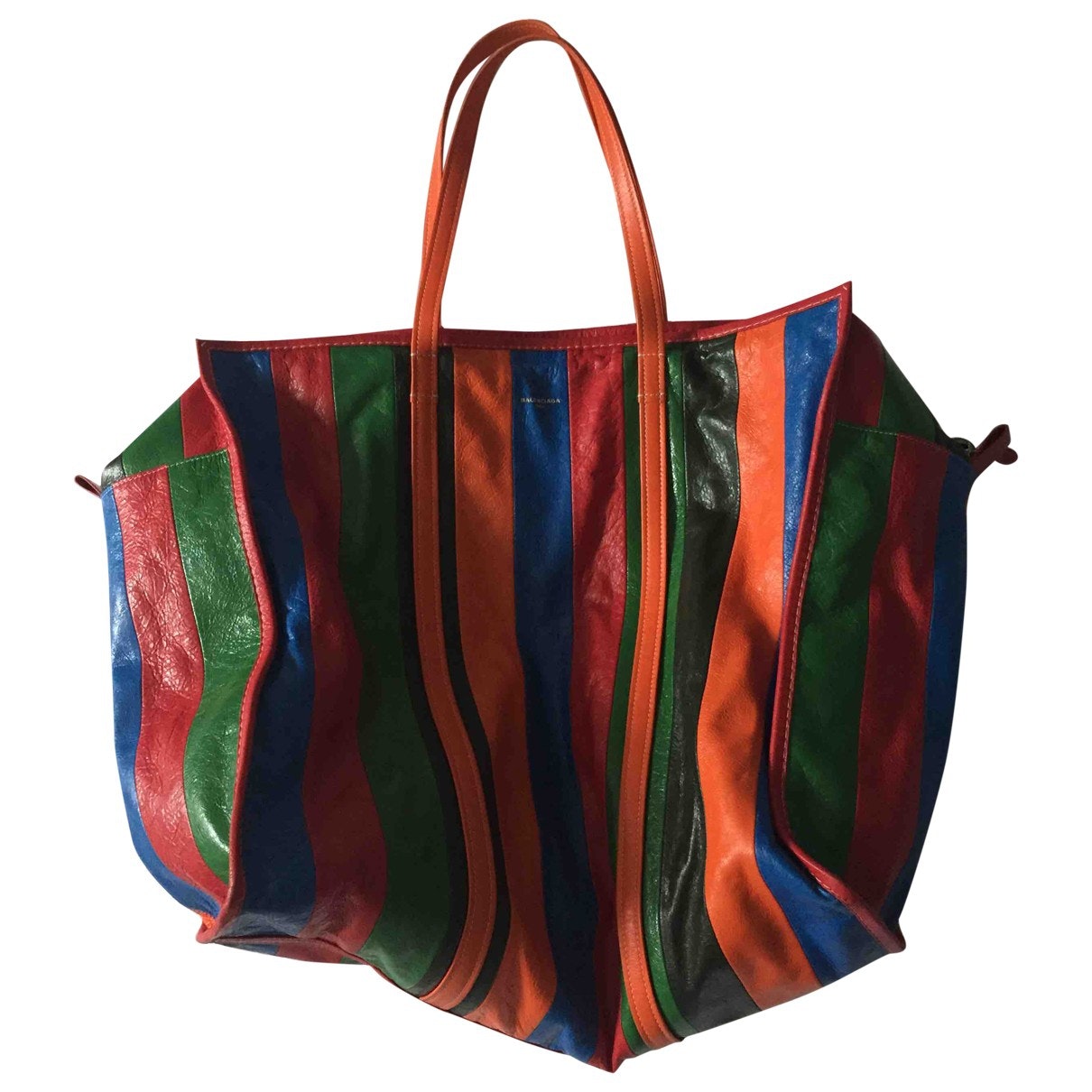 image: Balenciaga
image: Balenciaga
We saw it years ago when Marc Jacobs looked to “$12 flannel shirts as the inspiration for $300 designer ones” as part of his notorious grunge collection for Perry Ellis in the early 1990’s. More recently, it has come in the form of Burberry returning to its checkered pattern, after distancing itself from the potential tarnishment of its brand due to the print’s association with “chavs” (or low-income Brits “obsessed with brand names, cheap jewellery and football,” as the Telegraph put it). It is also coming by way of Vetements’ DHL wares, Heron Preston’s collaboration with the NYC Department of Sanitation, and Balenciaga’s various iterations of the Bazaar bag.
Fashion has a penchant for looking to those outside of its most immediate circle of largely deep-pocketed peers for inspiration, or as Style Zeitgeist’s Eugene Rabkin so aptly put it, fashion enjoys riffing on “mundane [clothing and accessories], appropriated from the poor, for the enjoyment of the rich.”
The output tends to look different in each case, a $300 DSNY-emblazoned long-sleeve shirt from Preston, a $790 yellow and red tee adorned with the DHL logo from Vetements, but one thing is uniform (no pun intended): All of these products are being sold at premium prices, and as a result, they are more often than not, distinctly out of the price range of nearly all of the individuals that these brands have been inspired by.
This is something that Rabkin took a long, hard look at in early May by way of an Op-Ed entitled, “Is Balenciaga Socially Irresponsible?,” in which he took aim at the work of Balenciaga creative director Demna Gvasalia, stating, “There is something more unsavory about Balenciaga. Namely, it is that I find the output of Demna Gvasalia distasteful in the way it hijacks the aesthetic codes of the poor and dishes them out to those who can afford $800 hoodies.”
“There is something self-evidently perverse in consuming the mundane at high prices,” Rabkin says.
This poignant criticism remains relevant in light of the recent resurgence of class-based design staples and the narratives that have come to accompany them. Just this past week, for instance, 424, the Los Angeles-based retailer, which boasts its own in-house label, debuted its Spring/Summer 2019 collection in Paris. In “Paying Homage to America’s Blue Collar Workers,” the collection falls neatly in line with this larger narrative: America’s average blue collar worker makes approximately $31,847 per year, according to data compiled by Indeed. In other words, he or she likely is not shelling out $400+ for a 424 hoodie.
What does it say about a collection – or a brand – that is paying homage to blue collar workers by way of pricey hoodies that are not in any way directed at these individuals? Well, it is certainly an interesting proposition, in large part due to the fact that these “inspired by regular people” collections are largely understood to be furthering some larger sense of authenticity.
As Garage’s Erin Schwartz wrote last month, citing Andrew Luecke, a trend forecaster and the author of Cool: Style, Sound, and Subversion, “High fashion is, at least recently, obsessed with authenticity.” Yet, in an attempt to achieve this, at least some brands have looked to the daily sartorial choices and/or the work uniforms of the lower classes, without, as AJ Gwilliam wrote for Highsnobiety several years ago, “doing little to acknowledge true cultural roots.”
In putting forth these wares without any compelling or cohesive narrative (no, claiming you are celebrating blue collar workers with three-figure sweatshirts is not convincing), brands have made it “cool to dress like a gas station attendant” or another type of service employee without having to actually engage in those occupations, something that Schwartz says is both “exhausting, and a bit nihilistic.”
This practice approaches appropriation when one considers the power dynamics at play, Emma McClendon, assistant curator at the FIT Museum and curator of the museum’s 2016 Uniformity exhibition, told Garage. In short: It becomes problematic when “people in the upper classes of society feel that they can pick from anything; that everything is available to them, and that there aren’t necessarily consequences.”
Rabkin certainly is not buying this push towards “authenticity” either, especially in regards to the World Food Programme merch that Balenciaga showed for Fall/Winter 2018. “In truth, Balenciaga does nothing for the poor, except the lip service of a donation of $250k to the World Food Programme (Kering’s, Balenciaga’s parent company, revenue for 2017 was $18 billion). The pretense on Gvasalia’s part at celebrating the poor is largely just that, a pretense … Not only the poor don’t know or can’t afford Balenciaga – they are not even looking at the magazines that Balenciaga advertises in. Simply put, Balenciaga is not in their orbit.”
That sentiment is not exclusive to Balenciaga, though, and it is one that fashion designers – often completely insulated by the praising echoes of the fashion industry and its oft-gaping void of constructive criticism – might do well to remember.











